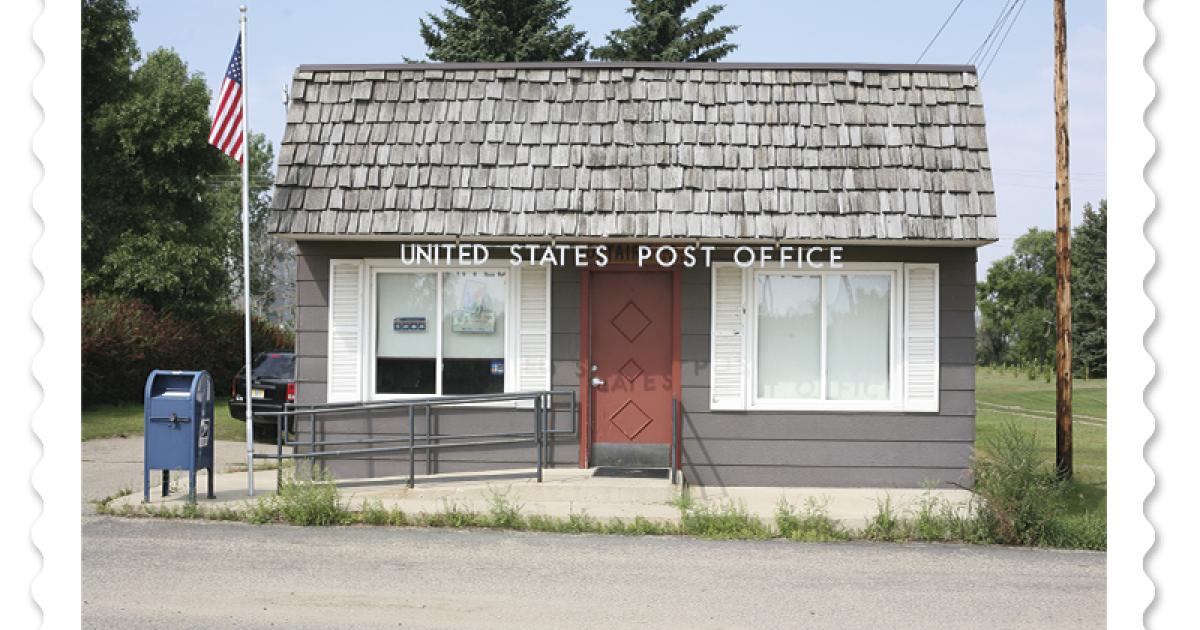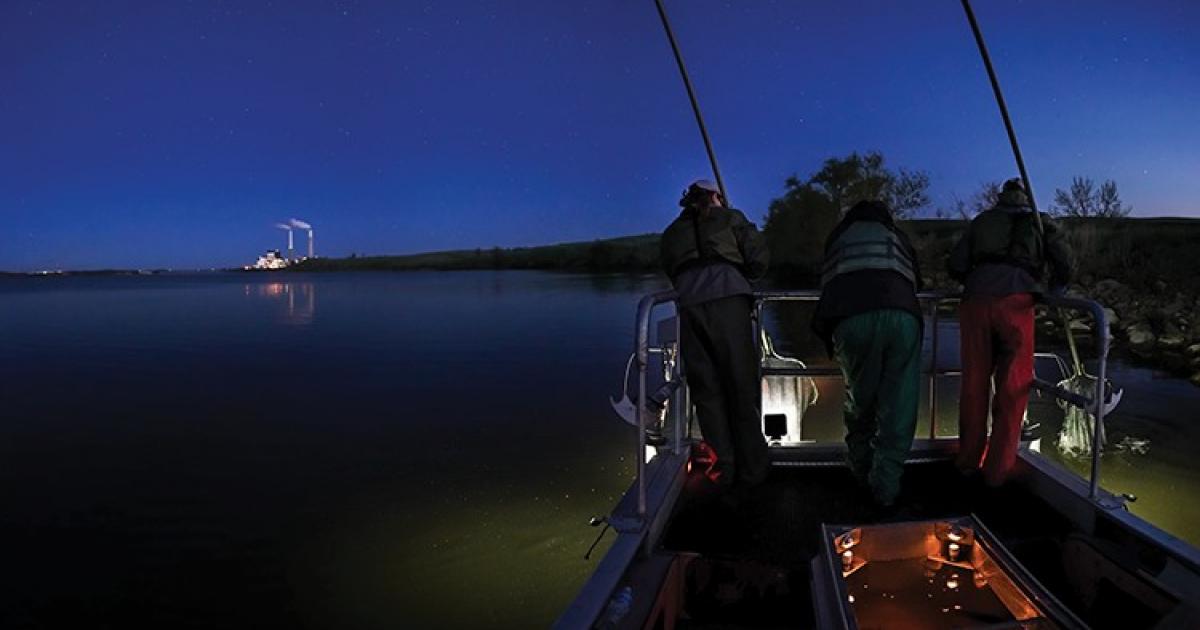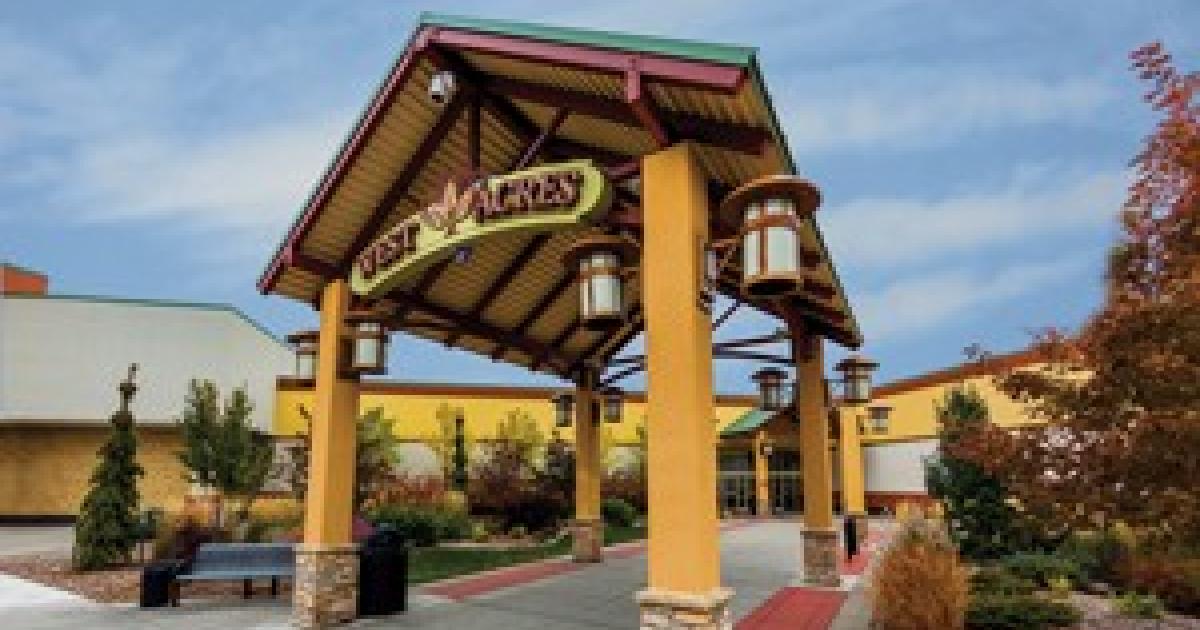Mail will sit overnight in ‘thousands of post offices’
PHOTO COURTESY WAYNE GUDMUNDSON/NDSU PRESS
The latest move in a U.S. Postal Service (USPS) plan to change the way it processes and delivers mail is taking aim at the frequency of pickups and deliveries for rural customers, a change that could hurt the ability of electric cooperatives to communicate with their members.
The proposed changes would intensify pressure on co-ops, which have already faced sharp postage rate increases in recent years that have raised costs to send their magazines, electric bills and other mail to members.
The proposal “is a travesty of solutions for the agency’s self-inflicted financial troubles, only exacerbated by the unprecedented rate hikes of the past three years,” says Cally Peterson, editor of North Dakota Living, the member magazine for the North Dakota Association of Rural Electric Cooperatives.
“If rural mail service continues to decline – and it will under this new proposal – electric cooperatives will have to take a hard look at how we reach our members,” Peterson says. “A functioning and effective rural mail service is critical to how electric cooperatives communicate with member-owners.”
The Aug. 22 proposal is part of the Delivering for America initiative, an effort to cut billions of dollars in annual costs and make USPS’s network more efficient. This latest move would eliminate mail pickup in the evenings from many rural post offices, adding another day of delivery time to mostly first-class mail, according to the Alliance of Nonprofit Mailers.
Slower mail service could hinder key communications between rural co-ops and their members. Peterson says North Dakota co-ops use mail to send essential member information, including annual meeting and director election notices, electric bills and North Dakota Living, the statewide magazine. The magazine, which has been in print for the past 70 years, contains information on cooperatives’ financial condition, how to participate in director elections, annual meeting details and education on safe electric use, energy management programs and money-saving electric tips.
In a recent survey of North Dakota Living’s readership, members said printed news and information received via mail was their preferred method of co-op communications by far.
The rural and remote communities many co-ops serve also depend on the mail as a “lifeline” to get everything from medications to tractor parts, Peterson adds.
“In North Dakota, we have already experienced a decline in rural mail service. It has been noticeably worse this past year,” she says.
The postal service held a pre-filing virtual conference Sept. 5, where USPS staff explained the proposal and took questions.
USPS couldn’t answer how many post offices would be affected by this proposal.
“The main problem is that any post office more than 50 miles from one of the 60 new USPS Regional Processing and Distribution Centers will no longer have mail picked up in the evening that was mailed that day. The mail will sit overnight in thousands of post offices. Service standards will be lengthened by a day to reflect the delay,” says Stephen Kearney, executive director of the Alliance of Nonprofit Mailers.
Peterson encourages USPS to listen to rural voices and says co-ops and members should express their worries with the proposal to their elected officials in Congress.
“Rural people are major USPS customers. As cooperatives, we understand the consequences of this proposal, because mail delivery is more than mail in rural America,” she says. “I urge USPS – starting at the top – to listen to rural people and the organizations that represent them. Unfortunately, it’s often the local postal workers or rural mail carriers who hear the frustrations of people in rural communities and small towns across America. It’s important our representation and USPS leadership in Washington, D.C., hears our concerns.”
___
This is an updated version of a story written by Molly Christian for the National Rural Electric Cooperative Association.










